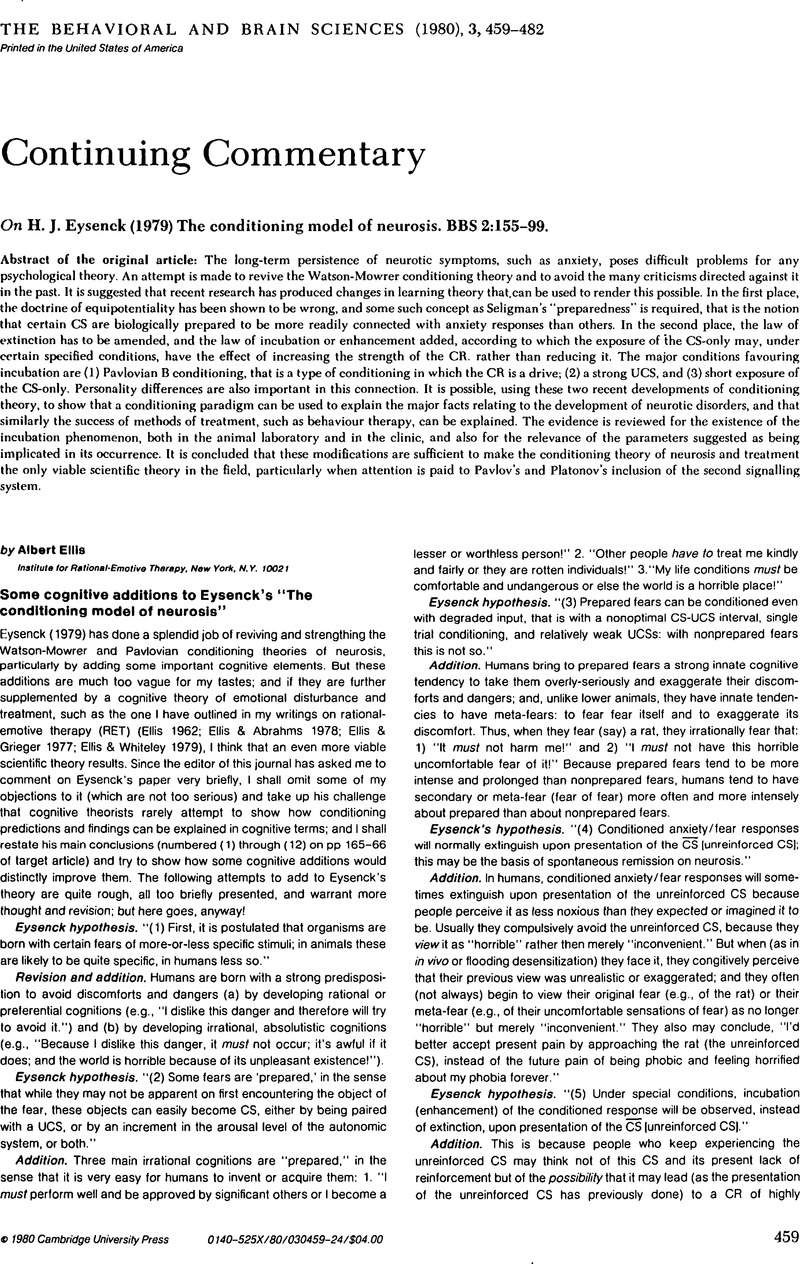Crossref Citations
This article has been cited by the following publications. This list is generated based on data provided by Crossref.
1982.
Dyskinesia and unipolar depression.
American Journal of Psychiatry,
Vol. 139,
Issue. 1,
p.
140.
GELLER, BARBARA
1982.
Misstatement of Age Group.
American Journal of Psychiatry,
Vol. 139,
Issue. 1,
p.
140-a.
APPELBAUM, PAUL S.
1982.
Dyskinesia and Unipolar Depression.
American Journal of Psychiatry,
Vol. 139,
Issue. 1,
p.
140-b.
HUESSY, HANS R.
1982.
Improper Control Group for Adopted-Away Offspring.
American Journal of Psychiatry,
Vol. 139,
Issue. 1,
p.
140.


